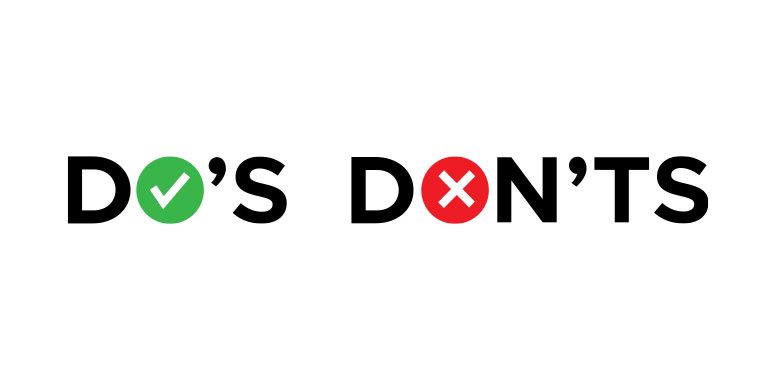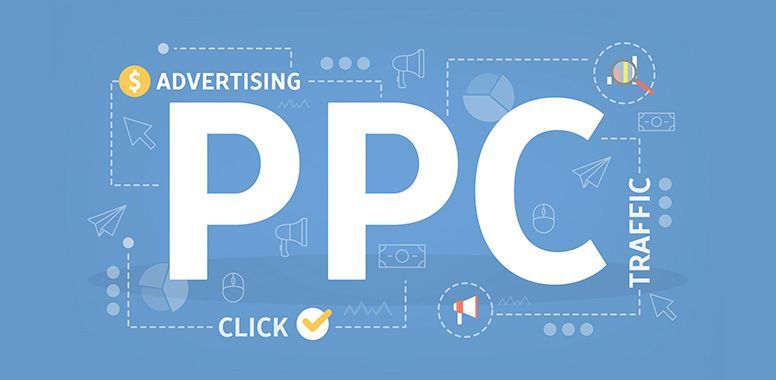Revolutionizing Ad Creation: How Amazon’s AI Video Generator Empowers Businesses
Let’s be real: marketing can be tough, especially when you’re running a small or mid-sized business with a limited budget. You know your product is great, but how do you convince customers of that when all you’ve got is a handful of photos and a text description? Sure, you could invest in professional videos to make your product stand out—but that can cost big bucks. For most smaller businesses, video production has always been a luxury reserved for the big players.
But that could all be about to change, thanks to Amazon’s new AI-powered Video Generator. This shiny new tool, which Amazon introduced at its recent Accelerate event, promises to make video content much more accessible to advertisers—especially smaller ones. And here’s the kicker: it won’t cost advertisers a penny. Yep, you read that right.
So, what exactly is this video generator, and why should small businesses care? Let’s dive in.
What Does Amazon’s AI Video Generator Do?
In a nutshell, Amazon’s new AI Video Generator takes a single product image and automatically transforms it into a video. No need for expensive cameras, lighting, or a production team—just upload a product image, and the AI takes care of the rest. It curates “custom” videos designed to showcase the product’s key features in a way that resonates with customers.
The best part? If you’re already advertising through Amazon’s Sponsored Brands platform, you can use this tool at no extra cost. That’s huge news for businesses that have been hesitant to dive into video advertising because of budget constraints.
Here’s how it works: marketers simply submit their product page on Amazon, and they can access the video generator through a drop-down menu. Once they choose the “AI-generated video” option, the tool will offer several video options based on the product image. Users can tweak the videos to their liking, adding text or making small edits to ensure the video aligns with their brand message.
Amazon showcased the tool with a demo video featuring a lavender-scented lotion. The AI-generated video included serene fields of lavender flowers, perfectly capturing the calming essence of the product. The marketer then added text to highlight the lotion’s unique qualities—easy, right?
Why This Is Big News for Small Businesses
So, why should small businesses care about this new tool? Well, video is powerful when it comes to engaging potential customers. Studies have shown that adding a video to a product listing can significantly boost sales and conversion rates. The problem, until now, is that professional video production has been prohibitively expensive for smaller vendors.
But Amazon’s AI Video Generator levels the playing field. Small businesses can now create high-quality, visually engaging videos without breaking the bank. For those selling on Amazon, this tool could help them compete with larger brands that have had the resources to invest in video marketing for years.
Imagine being able to add a custom video to your product listing within minutes—no more hiring expensive production teams or spending hours trying to create a video yourself. And in today’s competitive e-commerce landscape, anything that helps you stand out from the crowd is a big win.
Making Video Content Accessible—But With Some Caveats
It all sounds great so far, but there are a few things to keep in mind. First, the videos created by Amazon’s AI Video Generator are fairly simple. While they do a decent job of bringing a product to life, they’re not going to have the same polish as a professionally produced video. The AI is essentially working with the product image you provide, and it generates a basic video around that image. It’s enough to get the point across, but don’t expect any Oscar-worthy cinematography.
That said, for many small and mid-sized businesses, these videos will more than do the trick. The goal here isn’t to create Hollywood-level ads—it’s to make product listings more engaging, which can drive clicks and conversions.
Another important factor to consider is that, while this tool reduces the workload, it’s still up to the business owner or marketer to use it thoughtfully. Consumers are getting savvier about AI-generated content, and not all of them are fans. If a video feels too robotic or generic, it could turn some customers off. The key is to strike the right balance and use the tool to enhance, not replace, the human touch in your marketing.
Enter the Live Image: Another AI Tool in the Arsenal
Along with the Video Generator, Amazon also introduced a feature called live image. This tool is another part of Amazon’s AI-powered suite for marketers. It works by turning a still frame into an animated GIF. Imagine your product images coming to life with short, dynamic loops that grab customers’ attention. While this feature is still in beta, it’s yet another example of Amazon’s push to make marketing tools more accessible to businesses of all sizes.
Like the video generator, live image has a lot of potential for smaller businesses. A little movement in an otherwise static product listing can be all it takes to capture a shopper’s eye and keep them engaged. In a marketplace as competitive as Amazon, that’s no small feat.
The Bigger Picture: Amazon’s Push Toward AI-Driven Marketing
Amazon’s AI Video Generator and live image tool point to a bigger trend in the world of digital marketing—AI is becoming a major player. Amazon has been exploring ways to make advertising more accessible, affordable, and effective for all sellers, not just the big names.
By introducing these tools, Amazon is helping smaller businesses compete on a more level playing field. High-quality marketing assets like videos and animated images have traditionally been out of reach for many smaller sellers, but AI is changing that. With a few clicks, even the smallest brands can now create engaging, visually appealing content that could give them the edge they need.
And as these tools evolve, we can expect Amazon to keep fine-tuning them based on feedback from advertisers. The platform is clearly invested in making AI a central part of its advertising ecosystem.
Final Thoughts: A New Era for Small Business Marketing?
At the end of the day, Amazon’s AI Video Generator is an exciting development for small and mid-sized businesses. It offers an easy, cost-effective way to create video content, something that could have a huge impact on how smaller sellers engage with customers. The potential for growth is enormous, especially as video continues to dominate in the world of digital marketing.
Of course, as with any new tool, there are a few caveats. The videos are basic, and the technology is still in beta. But for businesses that don’t have the resources to invest in professional video production, this tool could be a game changer.
So, is Amazon’s AI Video Generator the future of e-commerce marketing? It’s certainly shaping up to be a valuable resource, especially for businesses that want to boost their visibility on the platform without spending a fortune. For now, it’s a tool worth keeping an eye on—and for many, it could be the secret weapon they’ve been waiting for.


